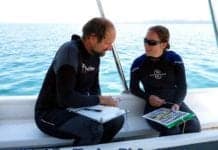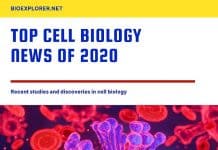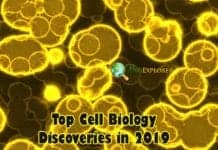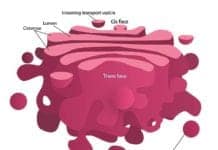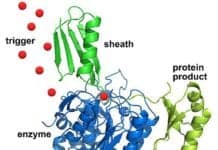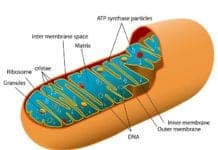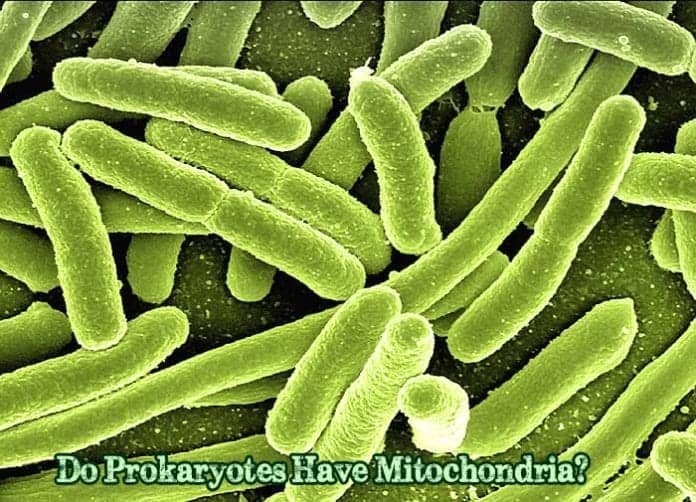
Mitochondria are the powerhouse of the cell. In other words, they are the cell structures that serve as an energy reservoir that powers various cell functions and processes.
But did you know that some organisms, specifically the prokaryotic ones don’t have mitochondria?
So you ask, how do these organisms manage to survive? Find out the answer below.
Table of Contents
Do Prokaryotes Have Mitochondria?
Short Answer: No. But how do prokaryotes produce energy then? Read on.
![]()
Origin of Mitochondria
Prokaryotes are single-celled organisms that are composed of the bacteria. Unlike eukaryotic cells, they are less structured, contain no nucleus, and lack membrane-bound organelles. And being single-celled as they are, prokaryotes too don’t have mitochondria.
In fact, in a loose sense, they serve as the “mitochondria” of themselves. To put it another way, mitochondria are part of eukaryotic cells, which according to scientific studies evolved from ancestral bacteria.
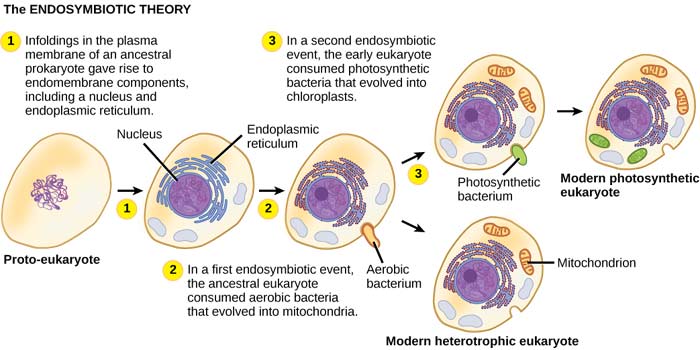
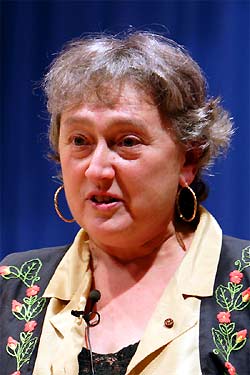
To explain the origin of the mitochondria and chloroplasts, she suggested that they were once free-living prokaryotes that were engulfed by a larger eukaryotic cell.
- Through time, the organelles became one with those cells, yet remained to be genetically distinct from their host. One important evidence for this claim is the presence of unique genetic material in the eukaryotes’ mitochondria and chloroplasts.
- Margulis added that life itself, therefore, prevailed over the world not by combat, but rather by networking.
![]()
How Do Prokaryotes Get Energy?
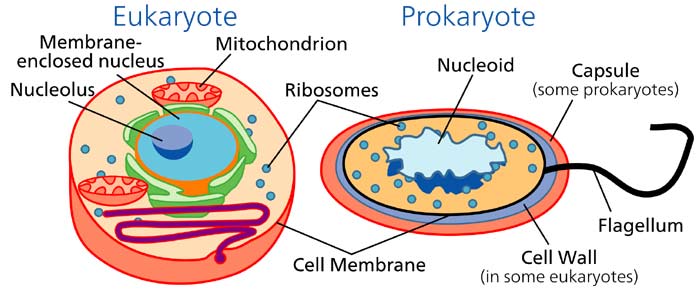
So where do prokaryotes get their energy? First, it would be important to note that the essential organic compounds that make up the biomolecules in prokaryotes are present as macronutrients such as carbon, oxygen, hydrogen, nitrogen, sulfur, etc.
- Being small as they are, prokaryotes need nutrients only in small amounts and thus obtain them through processes like electron transport chains. To survive, they just need a source of energy, carbon, and some other nutrients.
In general, they produce energy the same way mitochondria harness them, utilizing the oxidation machinery found in their cell membrane (which is similar to the structure of the membrane of the mitochondria).
- Energy in prokaryotes is produced in the cytoplasm and how it is produced is dependent on the bacterial cell type. In the context of the manner of producing energy, prokaryotes can be divided into two: phototrophs and chemotrophs.
- Phototrophs (from the word “photo” which means “light“), obtain energy from the sun.
- On the other hand, chemotrophs (from the word “chemo” which means “chemical“), get their energy from different compounds. When they use organic compounds as energy sources, they are called as “chemoorganotrophs” whereas if they use inorganic energy sources, they are known to be “chemolithotrophs“.
![]()
In conclusion, prokaryotes can manage to survive even without mitochondria and other organelles. Isn’t it quite incredible how well equipped prokaryotes are?
![]()


